(This article was first published in the New Vision on August 10, 2022)
By Andrew Masinde
Dust rose as pupils walked around the classrooms. The concrete floor had peeled off. The walls were cracked. As the timekeeper rang the bell signalling the start of business at Kasenyi Lyato Primary School in Hoima district, more pupils dashed into the classrooms.
Inside, they scrambled for the few desks available and a couple of minutes later, Jackson Jakisa, 14, found himself and many of his peers in the Primary Five classroom stranded. The year was 2019. Jakisa and his peers sat on the dusty floor as they had no desks.
It was his first day at this school located in Buseruka sub-county, near Lake Albert. Jakisa thought that the school authorities would probably provide additional desks, but that did not happen.
“I was always worried that our classroom would collapse because it was dilapidated,” Jakisa says.
However, all this changed before the end of 2019 after two classroom blocks comprising six classrooms were constructed under a project called Development Response to Displacement Impacts Project (DRDIP).
The project, which is managed by the Office of the Prime Minister and executed through a $200m loan and a grant from the World Bank, has also seen six rainwater harvesting tanks with a combined capacity of 5,000 litres constructed at the school.
In addition, the solar power infrastructure has been installed and separate sanitary facilities for boys and girls constructed under the same project at the school located about three kilometres from Lake Albert. The school has also been supplied with new desks. A new administration block has been constructed at the school by a local non-governmental organisation.
Previously, learners, as well as teachers, shared pit-latrines at the school, which opened its gates to pupils in 1997, with one block accommodating seven classrooms. It is estimated that 90% of the pupils are immigrants from the neighbouring DR Congo while the rest are from the host communities.
A nearby sub-county, Kyangwali, hosts a refugee settlement (Kyangwali) comprising refugees from DR Congo, Rwanda and Burundi, among others.
Lydia Kusiima, the school headteacher, says the new classrooms have attracted the pupils to the institution, which had never been renovated or had new classroom blocks constructed since it was set up 25 years ago.

Enrolment
According to the school records, the pupil population, which was around 300 before 2019, has increased to 1,030. The school authorities say they experienced a high increase in enrolment last term.
Kusiima says before the school which is located in Kasenyi Lyato village got new classrooms, the pupils in the surrounding communities, chose private schools over it because it was dilapidated.
“Many walked a distance of seven kilometres (from their homes) to access private schools that were farther than Kasenyi Lyato. Those who were too young to walk that distance were kept at home, until they were old enough to walk long distances,” Kusiima adds.

Solving Water Challenge
The pupils, she says, no longer have to walk out of the school to draw water from unprotected sources as the institution usually has it in sufficient amounts, especially during the rainy seasons.
“The pupils used to walk a distance of about three kilometres away from the school for water. Along the way, some would even join their fathers in fishing,” she adds.
Ritah Titah, a 13-year-old Primary Seven pupil, says the absence of separate sanitary facilities for girls made it difficult for her to manage her menstruation cycles at school properly.
She says for the sake of her privacy, she contemplated “going to the bush near the school” during her periods, to change sanitary towels. Many of her peers, she explains, missed school as they managed menstruation cycles at home.
“Sharing pit-latrines with boys during my menstruation cycle made me uncomfortable. There was no privacy and the hygiene was poor. However, the situation has now changed and the school environment is good,” she adds.
Benon Kiiza, a pupil who was attending a private school with makeshift structures, says he joined Kasenyi Lyato Primary School after new classroom blocks were constructed.
“My parents now love the school and I love it, too, because it is modern,” he adds.
Improving Hygiene
William Byakagaba, the deputy headteacher, says the construction of separate latrines for teachers and pupils, as well as the hand-washing facilities around them have improved hygiene and privacy.
The trees, which have been planted around the school under the same initiative, Byakagaba says, have further improved the learning environment.
The chairperson of the school management committee, Gilbert Warom, says the institution looks “beautiful now” and is attracting pupils from “all corners of the community.”
He hopes that the school will attract more pupils once the teachers’ houses have been constructed. “We hope these will be constructed under the same project soon. Teachers will be living at the school and this will reduce teacher absenteeism and improve performance,” Warom adds.
What Others Say
Simon Kisaka, the DRDIP communications specialist, says sh750m has been spent to build the new infrastructure at the school, and that more money will be provided to build teachers’ houses, a fence around the institution and more latrines. The facilities are expected to be constructed next year.
According to Kisaka, a total of 512 classroom blocks have been constructed and 14 renovated under the project at various schools in 15 refugee-hosting districts. Additionally, 11,394 desks have been supplied to schools, 156 water tanks and several latrines constructed and 45 teachers’ houses and administration blocks built.
Elias Byamungu, the Hoima district Chief Administrative Officer, says now that the school is attracting learners, it is hoped it will contribute to the improvement in the well-being of the community.
“We expect the grades to improve and that the facilities will be well utilised,” he adds.
According to the World Bank, high-quality educational infrastructure is an important element of the learning environment in schools. This, the bank says, improves instruction, learner outcomes and lowers dropout rates, among others.
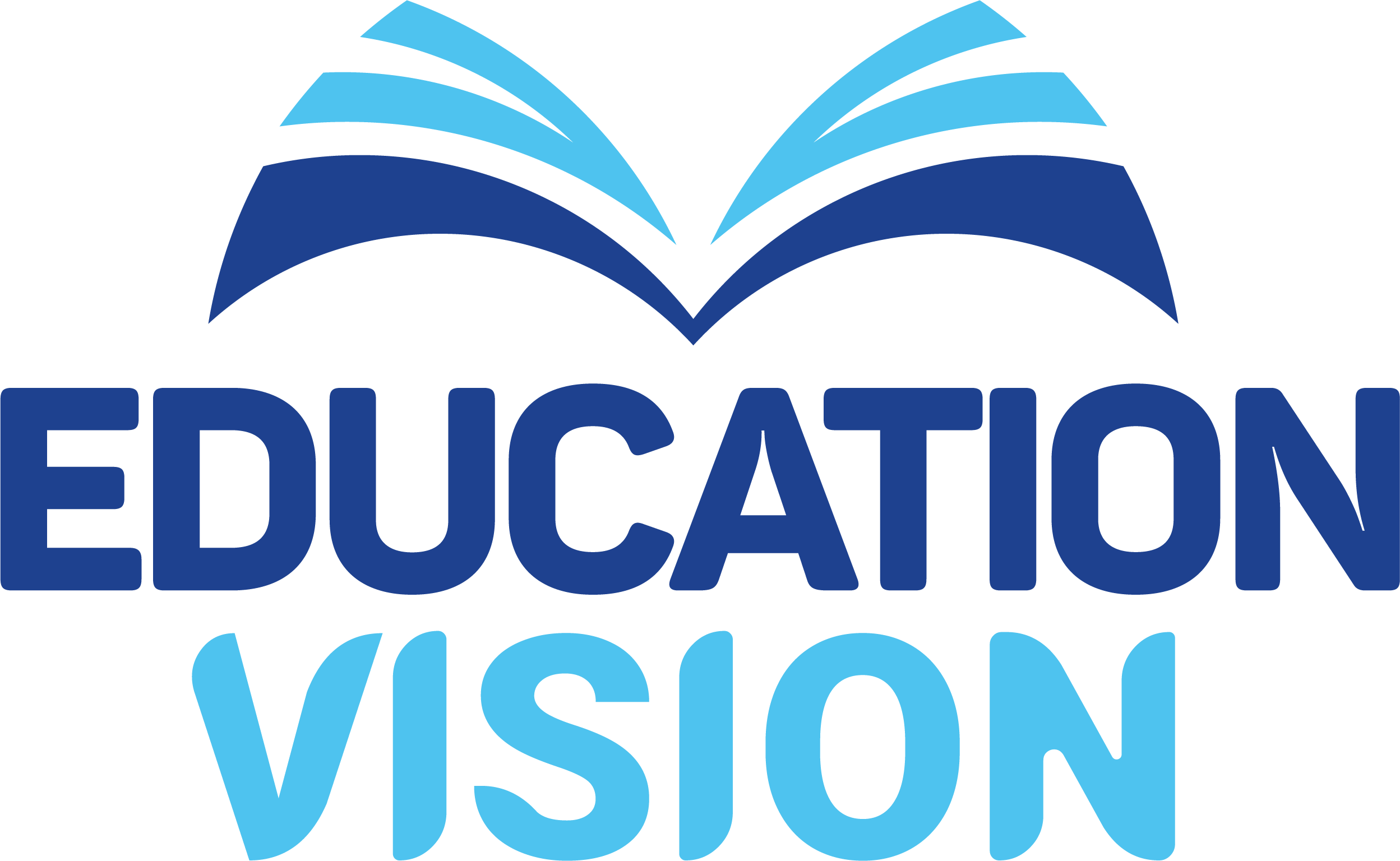

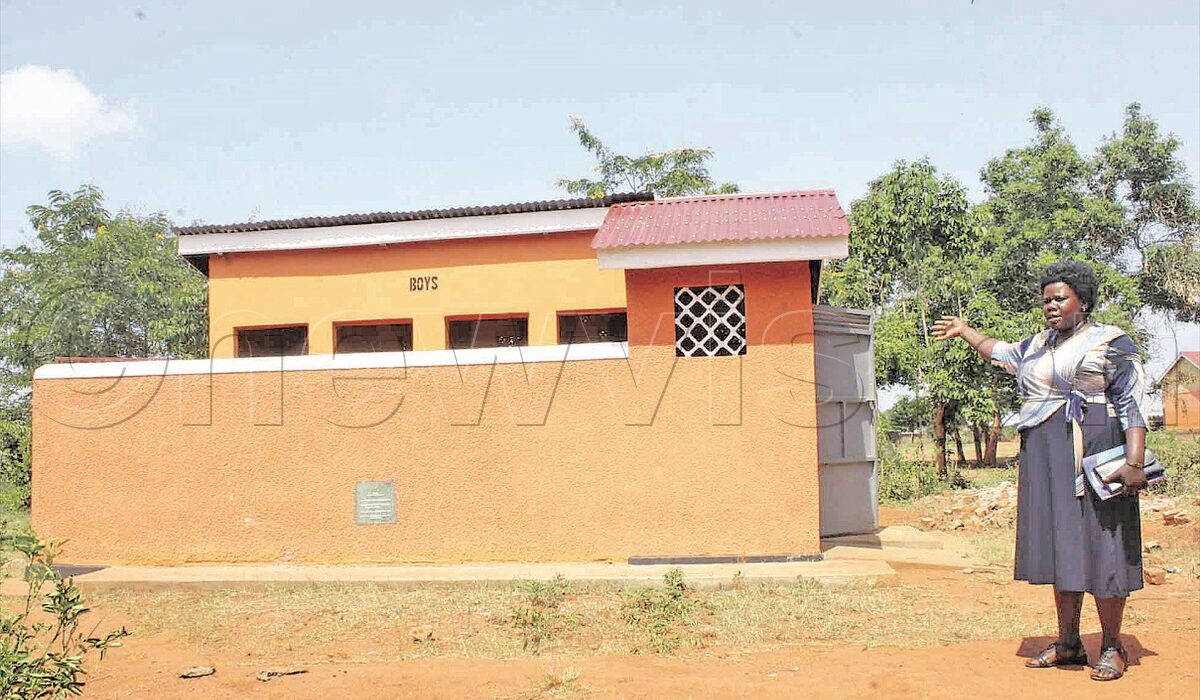
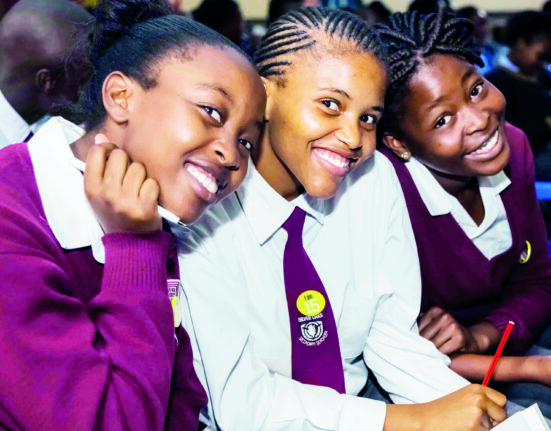
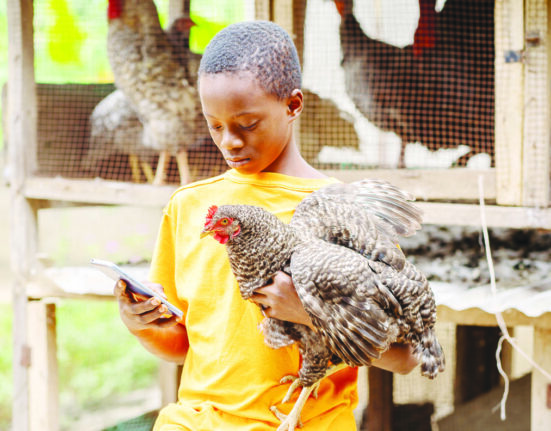
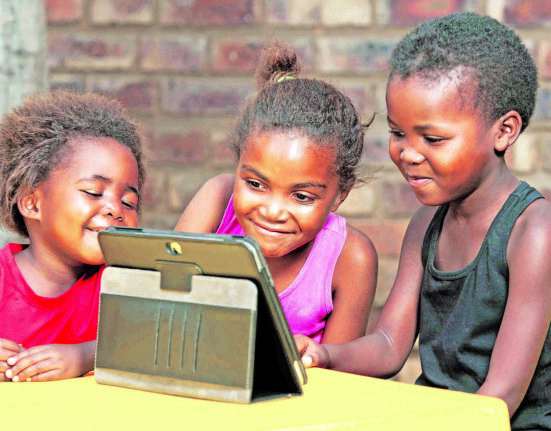
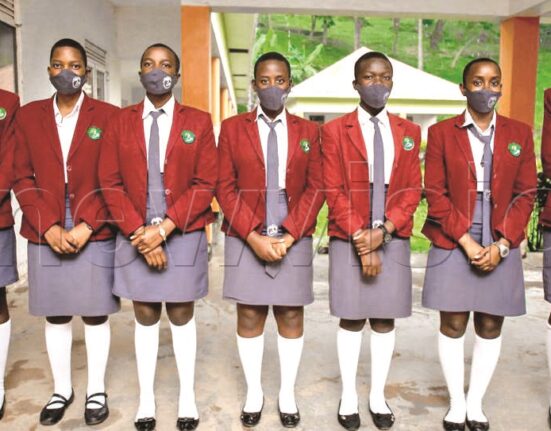


Leave feedback about this